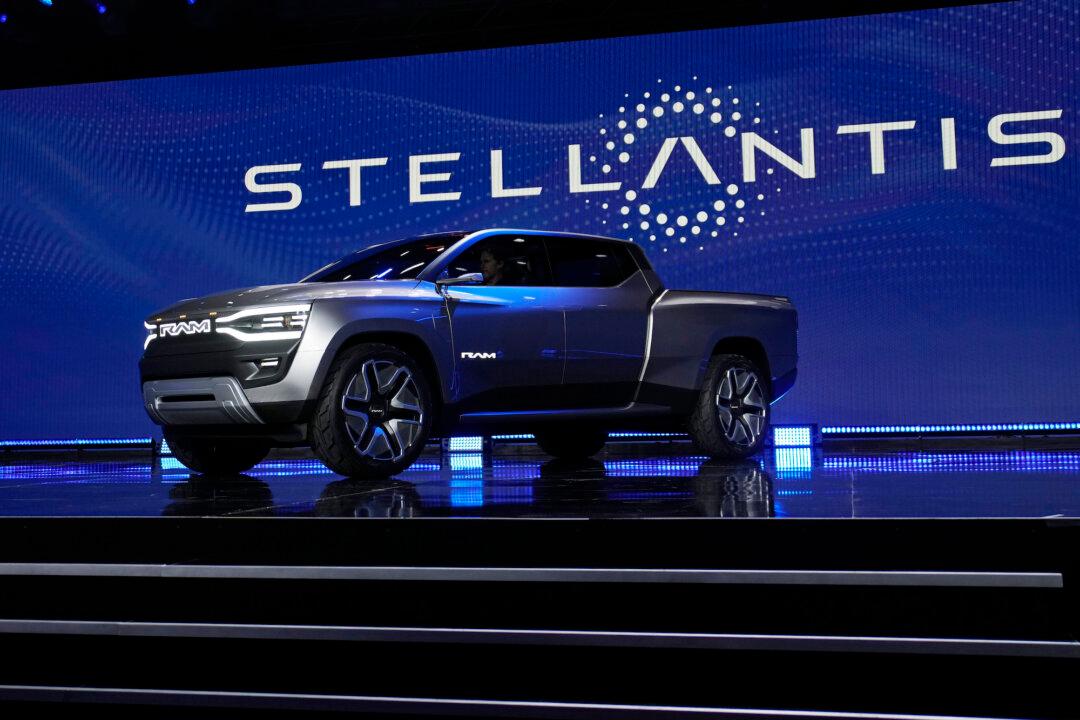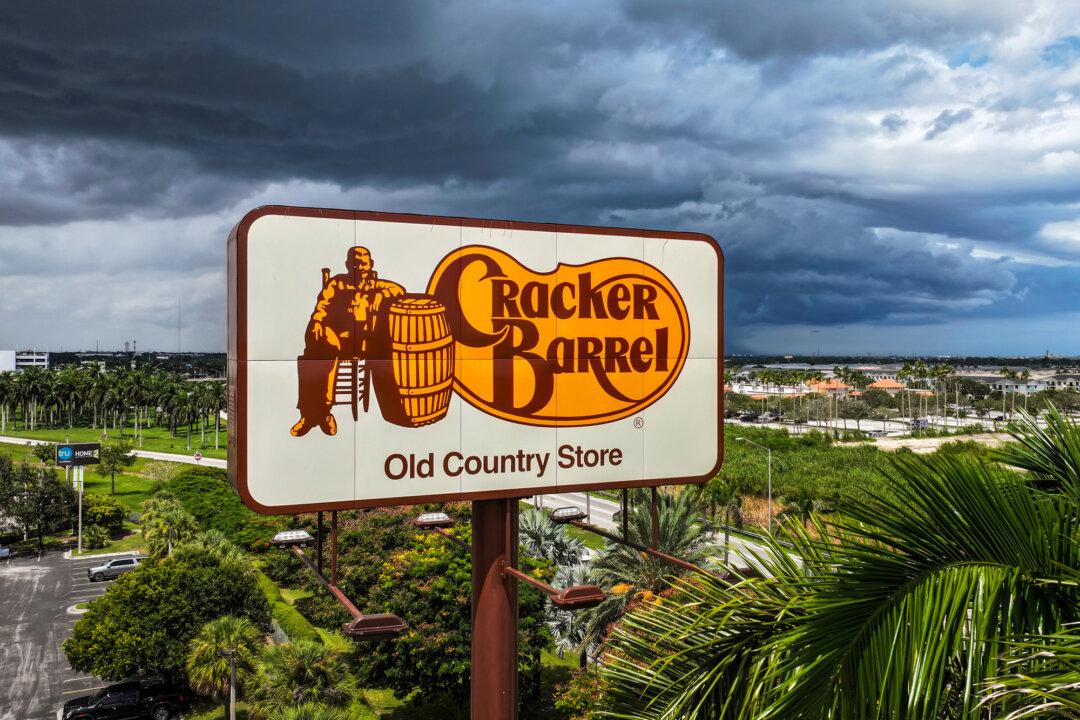Carmaker Stellantis has stopped stocking gasoline vehicle models of its Jeep Wrangler brand in many states following stringent emission standards passed in the regions.
Stellantis is no longer allocating gasoline-only Jeep Wrangler models to dealerships in the 14 states that follow emission guidelines set by the California Air Resources Board (CARB), according to a June 16 report by Automotive News. The company ships gas Wranglers based on an order-to-order basis if a customer specifically requests the model. Stellantis’s decision to limit gasoline-only Wranglers in CARB states began around two months back.





